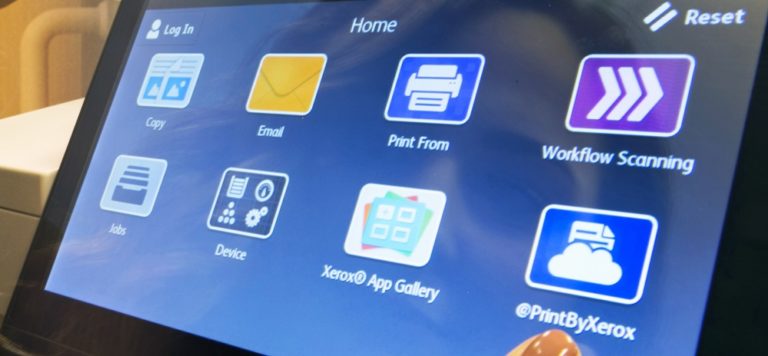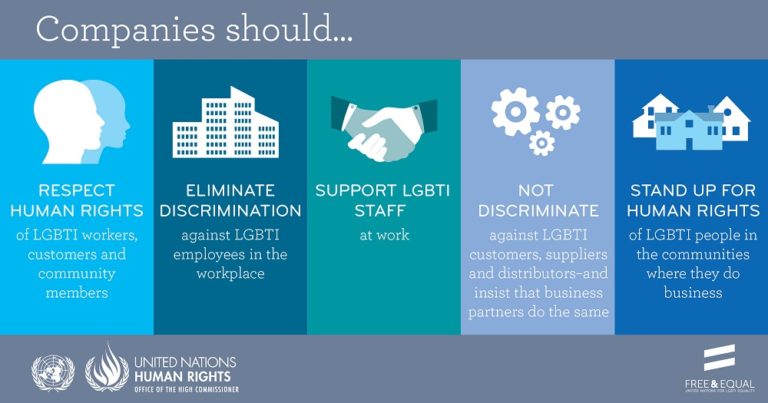By Giovanna Fabiano

(This article was first published on Real Business, a website from Xerox that provides ideas and information for decision makers in business and government.)
Don’t want to wait until your Golden Years to spend your days lounging on a beach with a book in one hand and a piña colada in the other? Some may say, “dream on.” With the average retirement age creeping up, it has become increasingly difficult for Americans to cash out early.
As more companies phase out defined benefit pension plans in favor of 401(k) plans, the reality is that employees are saving less, according to Dean Aloise, managing director, wealth practice at Buck Consultants at Xerox.
“Say you’re 55 [years old] right now, you don’t have a DB [defined benefit] plan, and you haven’t saved enough. There is a cold reality: It’s going to be hard to retire early,” he says. “And there’s no doubt, people are working later [into their lives].”
But have no fear: With a little strategic planning, that white sand may not be as far off as you think.
Here are four steps to early retirement:
Save, save, save. The first key is not only to start saving early, but also to make sure you are saving the right amount. You’ll need 70 to 80 percent of your pre-retirement salary in retirement, Aloise says. While many people are used to saving five or six percent of their salary, a double-digit savings rate is likely what they’ll need to be comfortable in retirement.
“Start doing that calculation in your mid 30s at the latest,” Aloise says. “You shouldn’t wait until you’re 50.”
A good calculation tool can simplify the process and provide a customized rate. Since each person has a different saving history, Xerox’s Savings InSight applies the principles of automatic enrollment and escalation and then figures out which amount is best for each individual.
ARVE Error: need id and providerPeriodic Rate Adjustments. “When you have a savings rate, there needs to be a regular readjustment of that rate as the market changes,” Aloise says. “If an employee is enrolled at 11 percent and the market has a terrible year, maybe they need to go to 13 percent.”
Whether your employer offers a dedicated financial advisor or you have one yourself, you should periodically look at your savings accounts and 401(k) and adjust your rate accordingly.
Stick Around. Millennials have a tendency to job-hop, but employees who leave before they are fully vested in the company’s 401(k) could take a major hit in retirement. They missing out on a potential employer match and managing several accounts can get unwieldy.
“When you get to retirement and have seven different pots of money, it becomes hard to figure out how much you have,” Aloise says.
If you do have multiple accounts, consolidating them into one spot using a trusted centralized rollover service will make it easier to see what you have and manage it.
Retire in Phases. Phased retirement can be a good solution for employees who want to retire but need to continue saving before they can leave the workforce for good. “It allows employees to continue to save toward retirement, phasing themselves to four days a week and then down to three, or get to age 65 when Medicare really sets in,” Aloise says.
Whether you’re able to punch out for the last time at 50 or gradually phase out of the workforce closer to 70, the key is to save a larger portion of your check. “Those automatic savings rates are just not high enough and most people are realizing that a higher rate of savings is needed to get to those goals,” Aloise says.
“The important thing is saving enough and staying disciplined about it from early in your career all the way until the end.”
Subscribe to this blog and receive email updates when we publish a new article.




The way Paul Allaire and Xerox screwed over their employees in the early 2000s this is so hypocritical of an article to produce it is sickening
I spent 2 terms with the company. The second and longer came after the time you mentioned. Bad management in the past gave rise to better management that learned from the mistakes. I enjoyed the culture that was nurtured in the later times so much that I still seek it out still anywhere I work. While mistakes were made in the past, this article is firmly placed in the present.